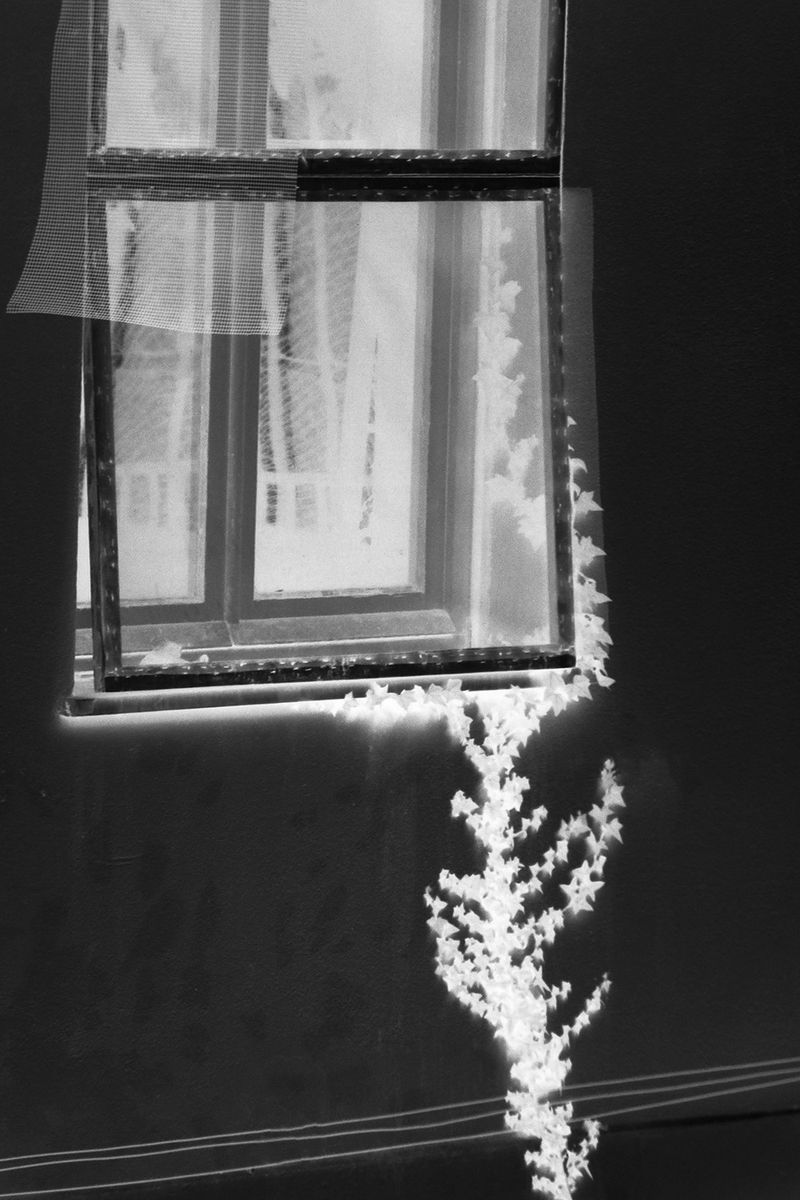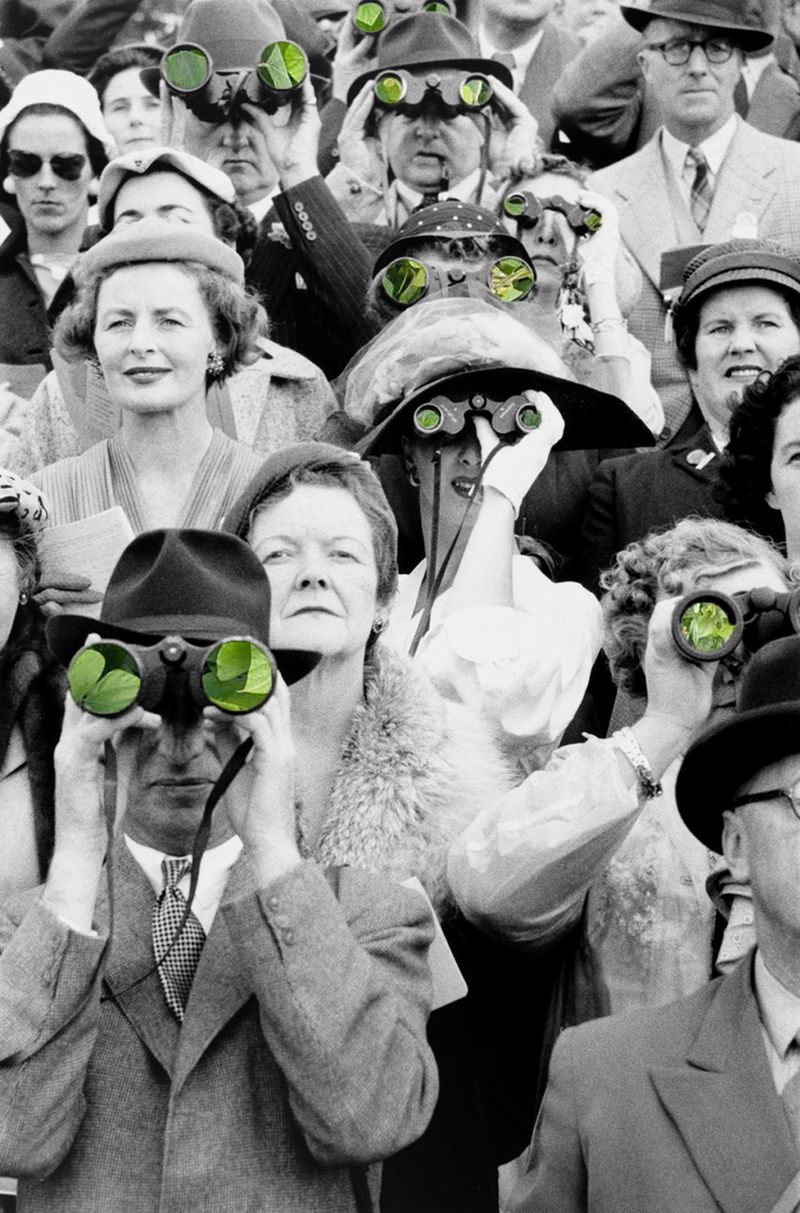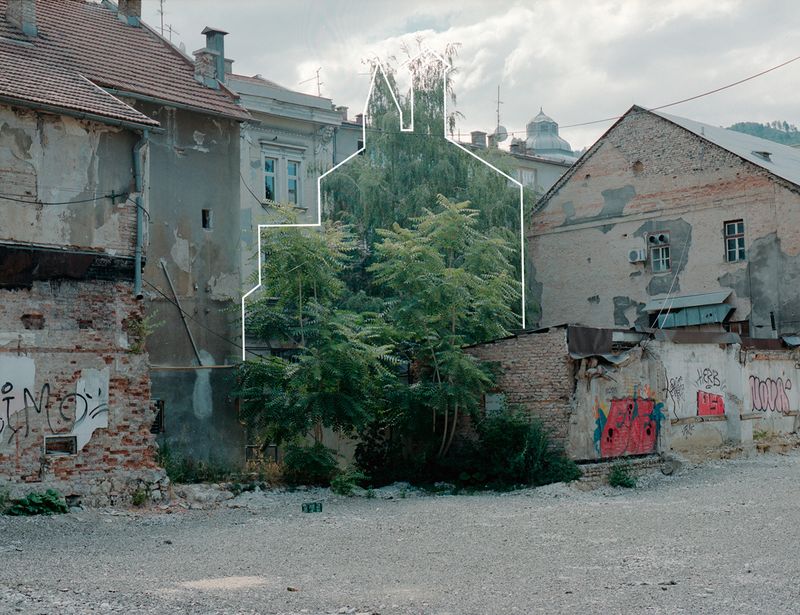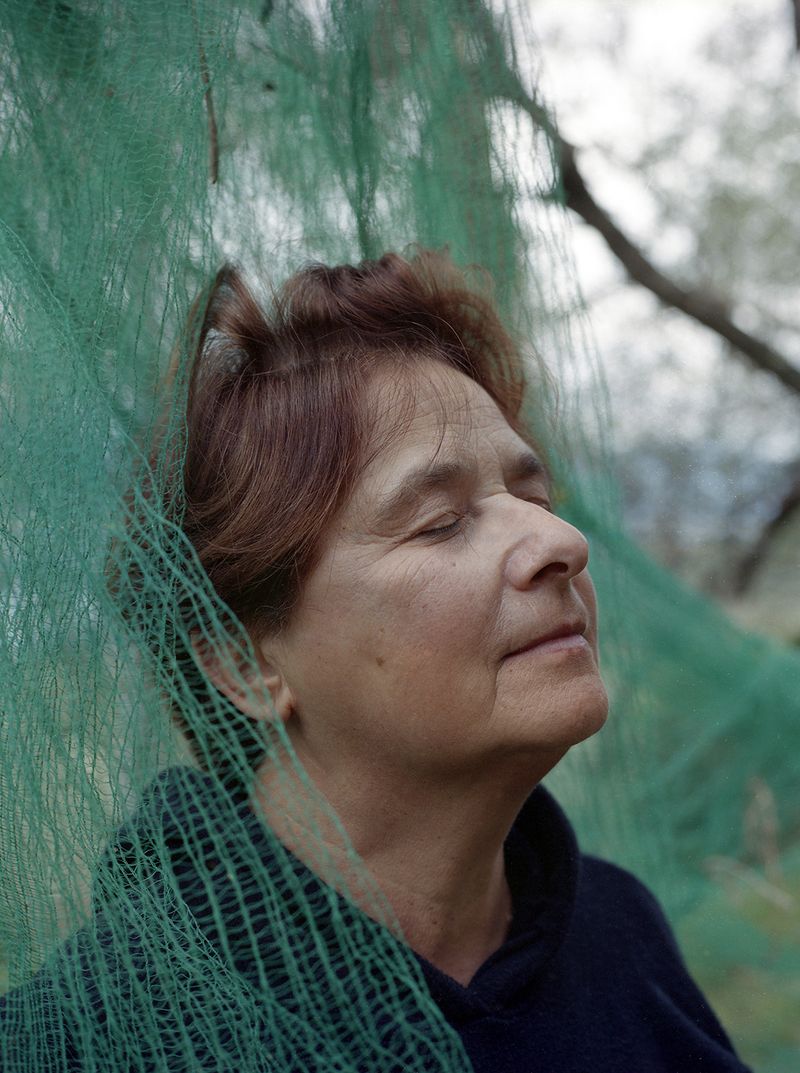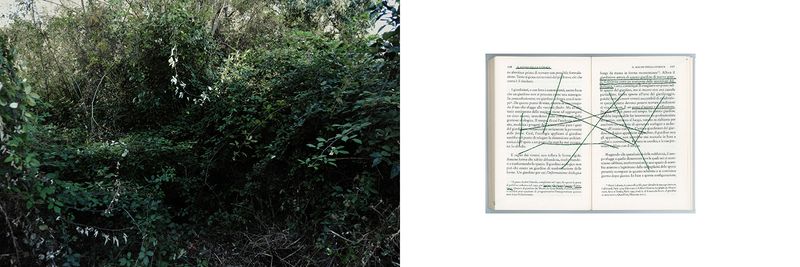Spaesaggio
-
Dates2024 - 2024
-
Author
- Location Italy, Italy
"It is not the gardener who creates the garden but the garden that creates the gardener!" Gilles Clèment
"You do not live in a neutral and white space; you do not live, you do not die, you do not love within the rectangle of a sheet of paper. You live, you die, you love in a checkered, cut-out, variegated space, with bright and dark areas, unevenness, steps, hollows, and protrusions, with some regions being hard and others fragile, penetrable, porous." - Paul-Michel Foucault
The "spaesaggio" represents a distant elsewhere, freed from human elements, but still a constant and nonexistent presence. It can be created anywhere and everything contained within it solely adheres to its intrinsic nature. By examining the garden through the inspiration of Foucault's philosophical theories on "counter spaces" and "heterotopias," and according to the concept of "Third Landscape" theorized by Gilles Clement, we can discover another interpretation of the garden as a place that embraces a diversity excluded by all other spaces, imperfect fragments of landscape where the natural landscape unexpectedly recreates itself spontaneously.
It is not the gardener who creates the garden, but the garden that creates the gardener! Only by rediscovering a deep connection and collaboration with nature can we create places capable of emerging from the aridity of copy-paste landscapes.




